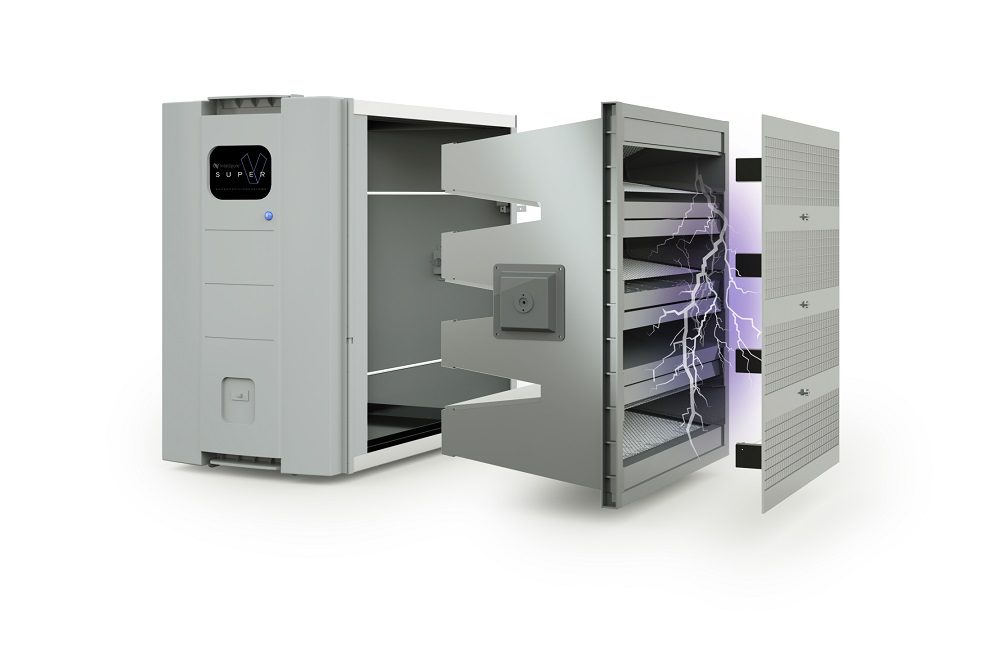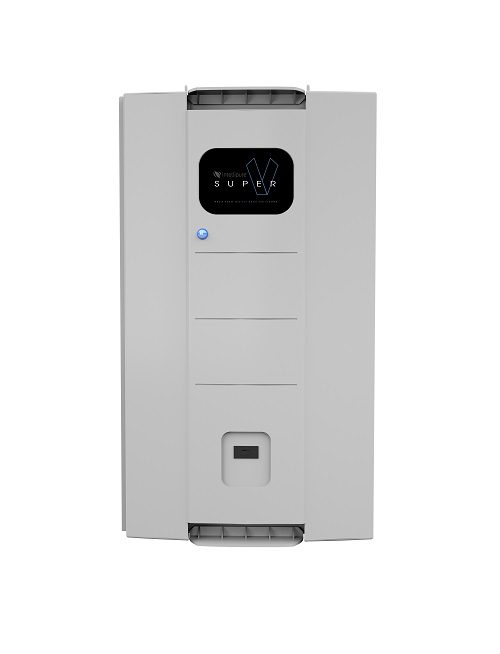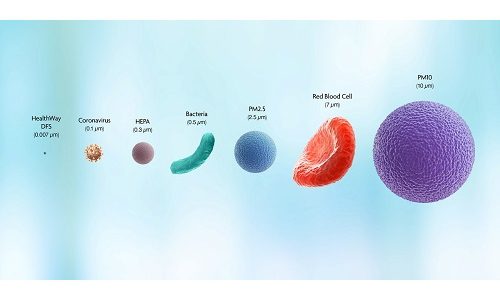The recent revelation that the COVID-19 coronavirus may be transmitted not just via surfaces, coughs or sneezes, but also perhaps by just proximity to someone who is talking is shocking. The news has consumers clamoring for solutions to improve their indoor air quality (IAQ), and likewise integrators are preparing for the onslaught.
Michael Don Ham is on the frontlines of the IAQ situation. Ham has his own custom integration company, Refresh Smart Home, and is also CTO of Pure365, a supplier that has created an IAQ package for integrators to sell and install. In one week in late March, Pure365 signed up 40 new integrators to resell and install his good/better/best IAQ solutions, which can range from $3,600 to routinely $18,000.
“We have never seen 40 account signups in one week,” he says. “All the integrators are telling us they want to get the information up on their websites and content for their emails ASAP.”
IAQ/Wellness Messaging to Clients
So what is the messaging integrators need to be educating their clients with? Portable IAQ filters help but they are limited compared to what a professional can install hooked into a home HVAC system. According to a recent article on Yahoo Lifestyle, studies show that coronavirus particles can linger in the air for as much as 30 minutes and move as much as 15 feet from the original source.
Viruses and bacteria attached themselves to dust particles in the air the size of 0.3 microns, which is what a HEPA efficiency level air purifier can filter out. More sophisticated filters capture particles as tiny as 0.007 microns at a greater than 99.99% efficiency, according to a recent article in the NY Times.
Ham believes integrators need to have a generalized wellness and indoor air quality element to their websites.

“It’s really more about wellness,” he says. “A lot of it is common logic. For example, you explain that there is a virus and best way to combat the virus is by having a stronger immune system. That means you need to think about your environment, diet and relationships. So the integrator needs to educate the homeowner on what to do in his environment and talk about real solutions vs. the quick-fix puff marketing that is out there. You really need to talk about air quality and give people a sense of how IAQ systems work. If you educate then you are not coming across as someone who is simply trying to take advantage of the situation. It is not a sales conversation in the beginning but a focus on education.”
Ham cites data from the World Health Organization (WHO) that shows there were 10M premature deaths worldwide from air pollution last year.
“So before coronavirus, there was already a pandemic of sorts out there from air pollution, according to the WHO,” he says. “Coronavirus in essence is causing the same result as the air pollution pandemic.”
Pure365 Packages IAQ Monitors, Filters
Pure365, which recently partnered with the Azione as the buying group’s official wellness offering, has put together a good/better/best package of indoor air quality solutions for integrators, of sorts.
“We did one house that had nine air handlers. Integrators typically are working in homes that have three to five air handlers.”
— Michael Don Ham, Refresh Smart Home
“Our platform is focused on integration of hardware and software that give integrators an IAQ solution to bring to customers. Our platform is brand agnostic… we seek out the leading products in each category of connected IAQ monitoring, controls and air filtration,” he says.
The Pure365 system ranges from about $3,600 for a home with just one air monitor, one thermostat, one control device and one medical-grade air filter. However, most integrators are working in large homes that will require three to five air filters. That equates to a $10,000 to $18,000 sale. The indoor air quality system consists of:
Thermostats – Pure365 integrates with Ecobee now and in the future will integrate with Nest, Honeywell and Emerson Sensi.
Air monitors – Pure365 works with Awair, UHoo, Airthings and Foobot, all of which have open APIs for third-party controls. Each of the devices offers a different level of monitoring. Awair monitors temp, humidity, particulate, chemicals and CO, which are the five basic metrics of IAQ monitoring. Meanwhile, Airthings also monitors radon, which is the second leading cause of lung cancer. Finally, UHoo monitors nine metrics, including the ones previously mentioned, plus ozone, nitrogen dioxide and air pressure. These monitors retail between $149 and $329.
Controls – Pure365 is creating drivers for Crestron, Control4 and Savant. Integrators will be able to use thermostats from these manufacturers also.
Medical-grade filtration – The package includes high-end air filtration from Intellipure starting at $3,000 for one air handler for smaller houses. The price doubles for every air handler.
“We did one house that had nine air handlers. Integrators typically are working in homes that have three to five air handlers,” notes Ham.
The package is designed to take action in the smart home, not just detect the air quality. For example, if the monitoring system detects poor air quality from pollen, it not only turns on the HVAC system but also alerts the homeowners to perhaps close the windows.
“We have created an iPad tool for integrators to educate them on air pollution. It includes information on studies from universities that discuss how technology can help reduce the impact of air pollution,” adds Ham.
The company also has a network of HVAC contractors who are skilled in the installation of the medical-grade filters to partner with integrators.
Continual Growth for 2 Years
Ham’s integration company Refresh Smart Home in Westchester County, N.Y., has seen continual growth month to month for the past two years.

“The past 30 days the sales have been off the charts. We basically sold out of every piece of inventory that we had,” he comments.
Hand in hand with the client interest in IAQ has been water quality.
“We have seen a huge uptick because people cannot find bottled water in stores. With a water filtration system, consumers can get water that is better quality than bottled water, while at the same time they are preventing single use plastics that pollute the environment. Every minute the equivalent of one truckload of plastic bottles is dumped into the ocean,” says Ham.
Putting this COVID-19 crisis in perspective, Ham believes the ultimate lesson from this situation is that the world is seeing what can happen to the earth with less commercialization and industrialization.
“Marine life back in the canals in Venice, and people in China and India are seeing blue skies for the first time in years. This may be an opportunity for humanity to think about our actions and what it does to the planet. I hope through this ordeal that our lifestyle choices and habits will change. That is the greatest thing that I hope can come out of this,” he says.







